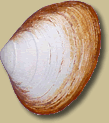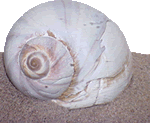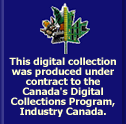 |
Surf Clam
Spisula
solidissima
Northern
Moon Snail
Lunatia heros
|
Along the shore, breaking
waves move the sand around. Animals here must be strong burrowers
to avoid being washed away. The large size and hard shells of Surf
Clams provide good protection.

|









